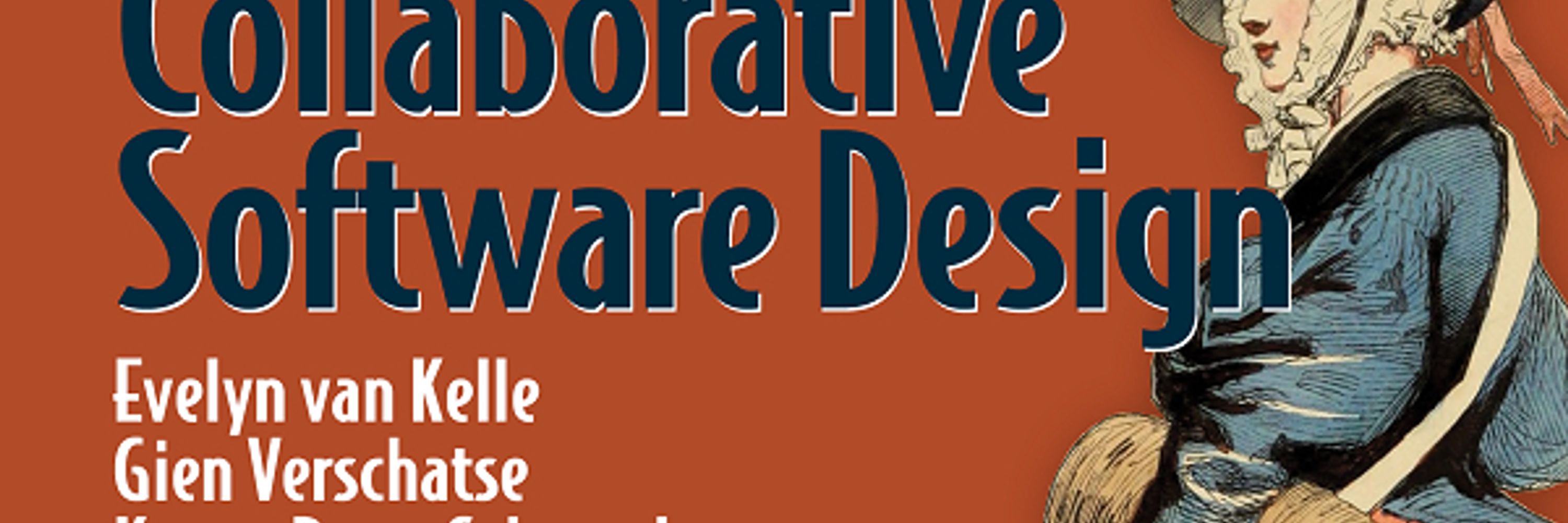
The takeaway: Name your bounded context towards the problems in the problem space, not the solutions in the solution space.
The takeaway: Name your bounded context towards the problems in the problem space, not the solutions in the solution space.
By shifting the Bounded Context name to something like "Seat Reservation Optimisation," and clearly stating the goal—to fill the cinema efficiently while allowing choice—we immediately changed the modelling conversation....
By shifting the Bounded Context name to something like "Seat Reservation Optimisation," and clearly stating the goal—to fill the cinema efficiently while allowing choice—we immediately changed the modelling conversation....
We often confuse the product design (solution space) with the problem space. A clear example from the session: reserving cinema tickets....
We often confuse the product design (solution space) with the problem space. A clear example from the session: reserving cinema tickets....
youtu.be/7v2GDbEmjGE?...

youtu.be/7v2GDbEmjGE?...
The AAP is a structural mechanism, but its success relies entirely on the quality of our collaboration and mutual trust.
The AAP is a structural mechanism, but its success relies entirely on the quality of our collaboration and mutual trust.
If the PET advises, "We cannot support this right now," and the SAT still proceeds and logs the advice in the ADR, the AAP has done its job. It provides a clear diagnosis,
If the PET advises, "We cannot support this right now," and the SAT still proceeds and logs the advice in the ADR, the AAP has done its job. It provides a clear diagnosis,


